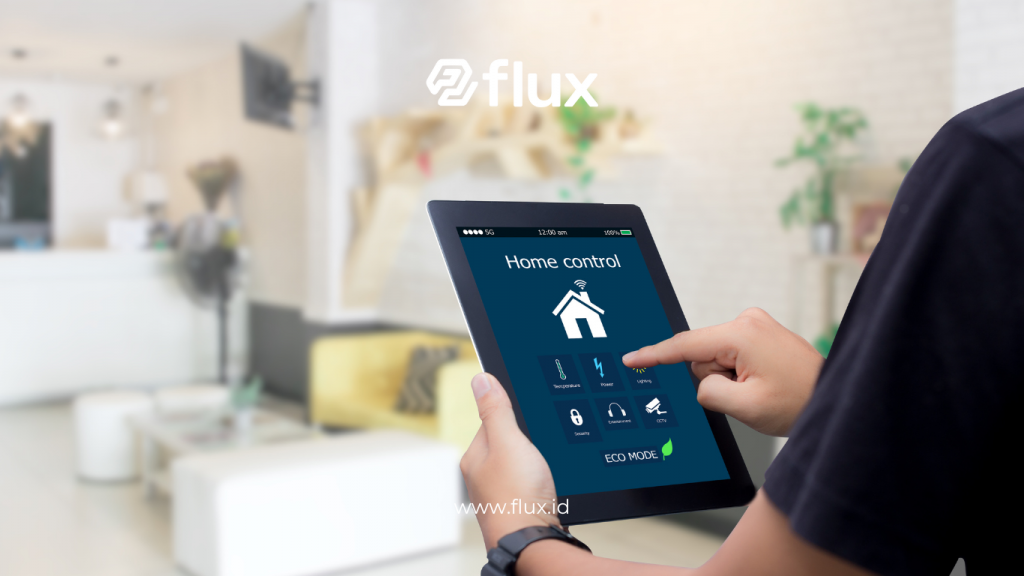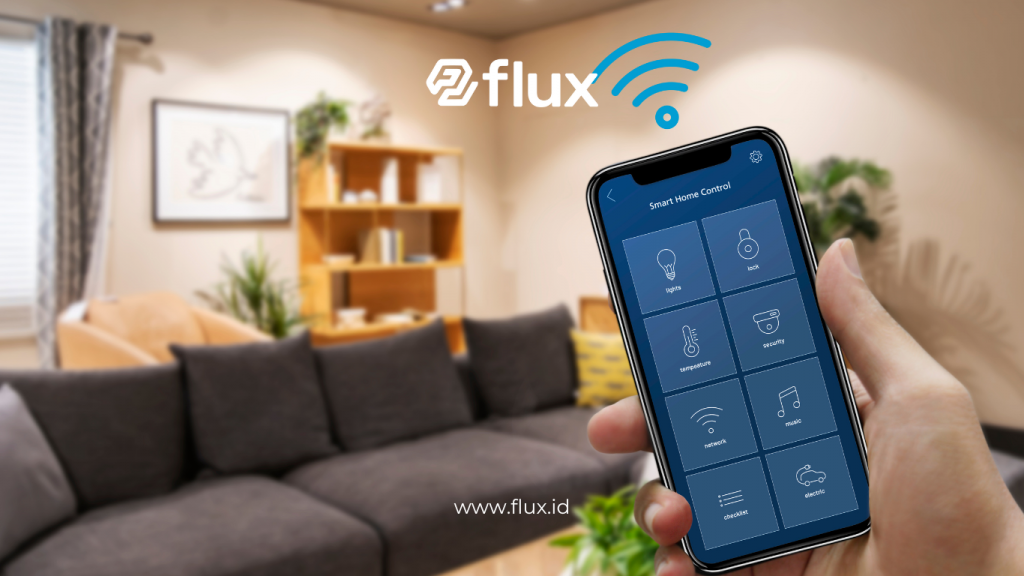Don't miss our holiday offer - 20% OFF!
The rise of technology has introduced the era of smart homes, where devices connect via the Internet of Things (IoT). This enables smarter, energy-efficient, and more convenient control of home devices. For beginners, building a smart home may seem daunting. This article will guide you through tips and steps for integrating IoT with your home devices.
Contents
What is a Smart Home and IoT?

Read More: Optimizing Your Home: How IoT is Transforming the Smart Home Concept
Definition of a Smart Home
A smart home is a modern concept where devices and systems within a house are connected and controlled through apps, voice commands, or automation. It includes lighting, security, temperature control, and other household appliances.
What is IoT?
The Internet of Things (IoT) refers to a system where physical devices connect to the internet and communicate with each other. In a smart home context, IoT enables devices like smart lights, thermostats, security cameras, and other appliances to work automatically or through remote commands.
Benefits of a Smart Home Based on IoT

Read More: Optimizing Your Home: How IoT is Transforming the Smart Home Concept
1. Energy Efficiency
IoT devices allow for better management of electricity usage. Smart lights can turn off automatically when no one is in the room, and smart thermostats can adjust temperatures according to the time of day or weather conditions.
2. Ease and Convenience
With an app or voice assistant, you can control home devices remotely. From turning on lights to unlocking doors, everything can be done automatically or with a single command.
3. Enhanced Security
Smart home security can be improved using motion sensors, surveillance cameras, and automatic alarms. Alerts are sent to your phone whenever suspicious activity is detected.
4. Cost Savings
Although the initial cost of building a smart home can be high, the energy efficiency it offers can significantly reduce your monthly utility bills in the long term.
Steps to Integrate IoT with Home Devices
1. Identify Your Needs and Priorities
Start by identifying which devices you want to connect to the IoT system. Do you want smart lights, smart locks, smart thermostats, or home security systems? Determine your priorities and budget accordingly.
2. Choose the Right IoT Ecosystem
IoT ecosystems like Google Home, Apple HomeKit, or Amazon Alexa allow devices from different brands to work together. Choose an ecosystem that best fits your needs and is compatible with the devices you plan to use.
3. Use Compatible Devices
Ensure that the devices you purchase are compatible with the chosen IoT ecosystem. Some devices only work with Google Home, while others are exclusively compatible with Apple HomeKit.
4. Use an IoT Hub if Necessary
If you have many devices, consider using an IoT hub like Samsung SmartThings. A hub allows all your devices to connect and work within a single centralized system.
5. Install and Configure Devices
Follow the manufacturer’s installation guide. Typically, you’ll need to download an app, connect devices to Wi-Fi, and customize automation routines according to your needs.
6. Automation and Routine Setup
Set up automation routines like turning on lights at sunset or adjusting the temperature when you go to bed. This enables your smart home to work automatically according to your lifestyle.
7. Ensure Security and Privacy
Make sure your home Wi-Fi network is secure by using a strong password and updating device firmware regularly. This will protect your smart home from potential cyber threats.
Popular IoT Devices for a Smart Home

Read More: Entering the Digital Era with IoT-Based Smart Homes
1. Voice Assistants
- Google Home
- Amazon Echo (Alexa)
- Apple HomePod
These devices act as a control center for your smart home, allowing you to manage everything with voice commands.
2. Smart Lighting
- Philips Hue
- Xiaomi Yeelight
- TP-Link Smart Bulb
Smart lighting allows you to control brightness, color, and schedules remotely or automatically.
3. Security and Surveillance
- Wi-Fi CCTV Cameras
- Motion Sensors and Door Sensors
- Smart Locks
With smart security devices, you can monitor your home from anywhere and receive alerts when suspicious activities are detected.
4. Smart Appliances
- Robot Vacuum Cleaners (like Roborock)
- Smart TVs
- Smart Washing Machines
These smart appliances offer convenience, time savings, and energy efficiency for everyday household tasks.
Tips to Optimize Your IoT-Based Smart Home
1. Start with Simple Automation
Begin with basic automation, like automatically turning on lights when you enter a room. Use apps or pre-set routines to create automation based on your schedule.
2. Keep Device Firmware Up-to-Date
Smart devices require updates to fix bugs and enhance security. Set your devices to update automatically to avoid missing critical updates.
3. Ensure Stable Wi-Fi Connectivity
A stable Wi-Fi connection is essential for smooth communication between IoT devices. Use a Wi-Fi extender if your connection is weak in certain parts of your home.
Conclusion
Integrating IoT with home devices allows you to create a smart, energy-efficient, and secure home. By selecting the right ecosystem, using compatible devices, and prioritizing security and privacy, you can enjoy the convenience of a smart home to the fullest. Follow the steps and tips provided, and experience the ease of living in a smarter home.





